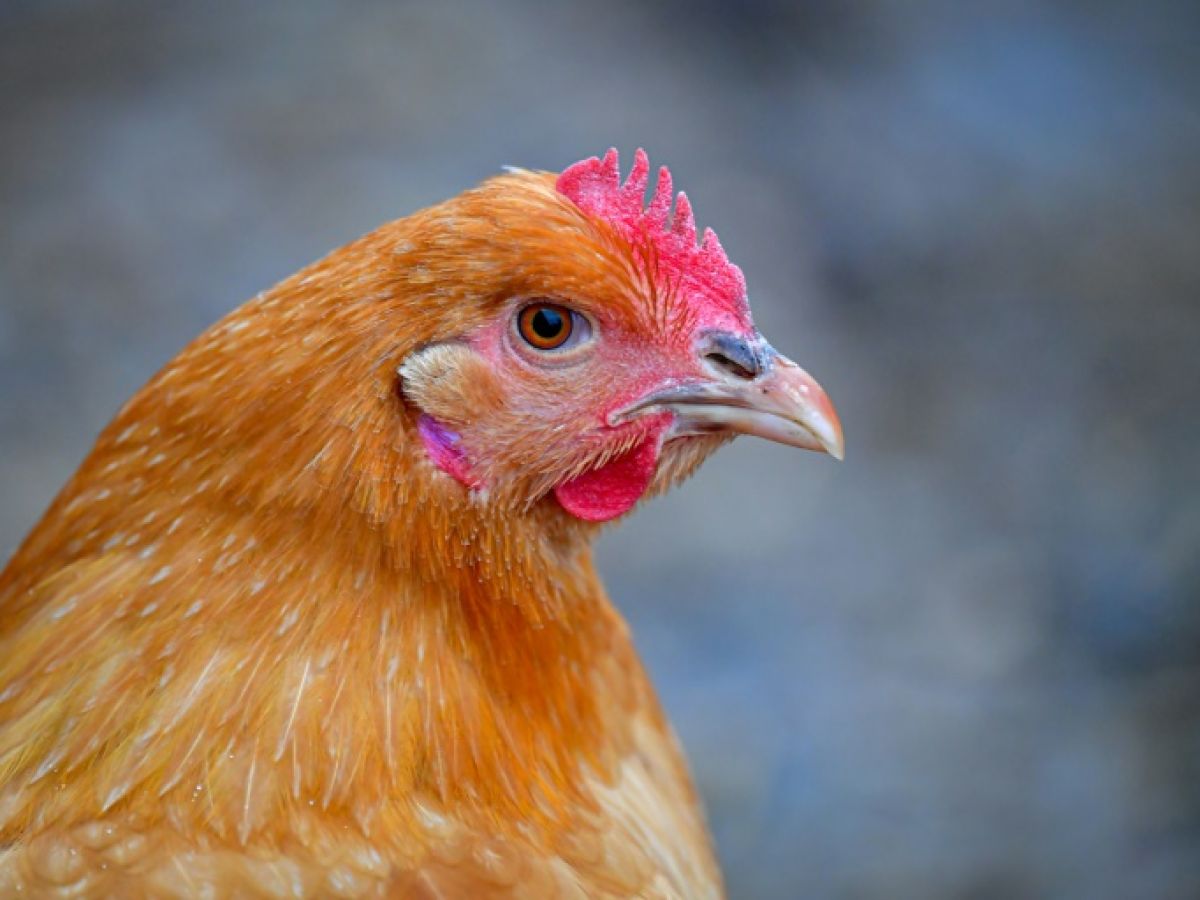The first serious human case of bird flu in the United States is carrying a virus that may have mutated inside his body to adapt to the human respiratory tract, U.S. health officials announced Thursday.
The U.S. Centers for Disease Control and Prevention (CDC) announced on December 18 that an elderly patient was hospitalized in Louisiana in "critical condition" after being infected with the H5N1 virus.
A small portion of the virus found in the patient's throat had genetic changes that could result in "increased binding of the virus" to certain "human upper respiratory tract cell receptors," the CDC said Thursday.
They were "likely generated during virus replication in the patient," the CDC said, adding that no transmission of the mutated virus has been identified.
These changes were not observed in infected birds, including those with which the patient had been in contact in a poultry yard.
Experts contacted by AFP said it was too early to determine whether these changes could allow the virus to spread more easily, or cause more serious cases in humans.
The mutation in question is "a necessary step for a virus to become more contagious," Angela Rasmussen, a virologist at the University of Saskatchewan in Canada, told AFP. "But I stress that it is not the only one" necessary, she added.
Rasmussen said the mutation could allow the virus to enter cells more easily, but further testing would need to be done in animals to confirm this.
Genetic changes have been observed in the past in patients infected with bird flu and seriously ill, but have not resulted in an increase in the transmissibility of the virus to humans.
Thijs Kuiken of the Erasmus University Medical Center in the Netherlands said the changes could lead to less severe infections, with the virus becoming "more likely" to "infect the upper respiratory tract", causing a runny nose or sore throat, than to affect the lower respiratory tract, causing pneumonia.
These observations do not mean that we are approaching a "pandemic", insisted Angela Rasmussen.
In addition to the Louisiana patient, 65 mild cases of the disease have been detected in humans in the United States since the beginning of the year, and others may have gone unnoticed, according to the CDC.
Avian influenza A (H5N1) first appeared in 1996 but, since 2020, the number of outbreaks in birds has exploded and an increasing number of mammal species have been affected.

